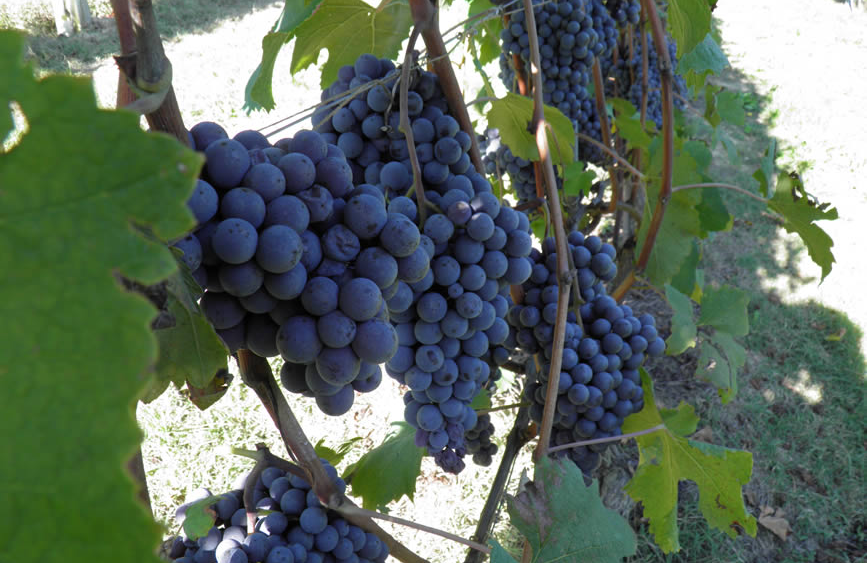Tasty reads
Red wines to be enjoyed chilled in summer and beyond

Image credit: Grapes – Rooms & Wine Bar
Red wine is not served cold or chilled! This has been an accepted rule for years.
Yet it is not uncommon in the bistros of the Latin Quarter in Paris, or in the classic nightlife streets of large Italian cities to find ice buckets with Beaujolais, Merlot or vintage reds.
In fact, the idea of drinking some reds at low temperatures is becoming increasingly popular, so let’s get into the matter by dissecting its various technical aspects, namely how to identify the right reds to drink fresh.
The first clue to evaluate is the percentage of alcohol. In fact, a wine that is suitable for drinking at low temperatures should be in the range of 11% to 13%.
Another important characteristic is acidity: the better the ph of the wine. Values range from 3.2 to 3.4.
It is necessary that it be a recent, young vintage. In general, a wine served cold will still be less persistent and full than an equal one at room temperature.
Once the right type of wine has been chosen, there is another caution to keep in mind to save the organoleptic characters of the product in question.

The serving temperature of our “fresh” red wine should be between 16 and 18 degrees Celsius (60.8-64.4°F)
Therefore, it is important to refrigerate the wine just before use, but with caution.
In fact, an excessively cold temperature causes a reduction in the perception of most of the aromas, leaving us with an undoubtedly refreshing wine on our hands, but one with little personality.
Below are the local wines we suggest.
Usually regarded as a table wine, Dolcetto is drinkable and peasant.

It is distinguished by its high versatility in food pairings: tajarin and agnolotti are really perfect, but it also accompanies very well cured meats, which are inevitable on Piedmontese tables.
Light and fragrant, it can be served chilled to accompany cheese boards and cured meats.
Spicy and intense, fine and little lingering, it should be served at temperatures around 16 to 17 degrees to enhance the fruity, if pleasantly pungent notes of this wine.

It is one of the smallest DOCs in Italy, with a total production of about 140,000 bottles per year-a characteristic that, together with its affordable price, helps make it a special product.
It pairs spectacularly with charcuterie boards, pies or fritters.
